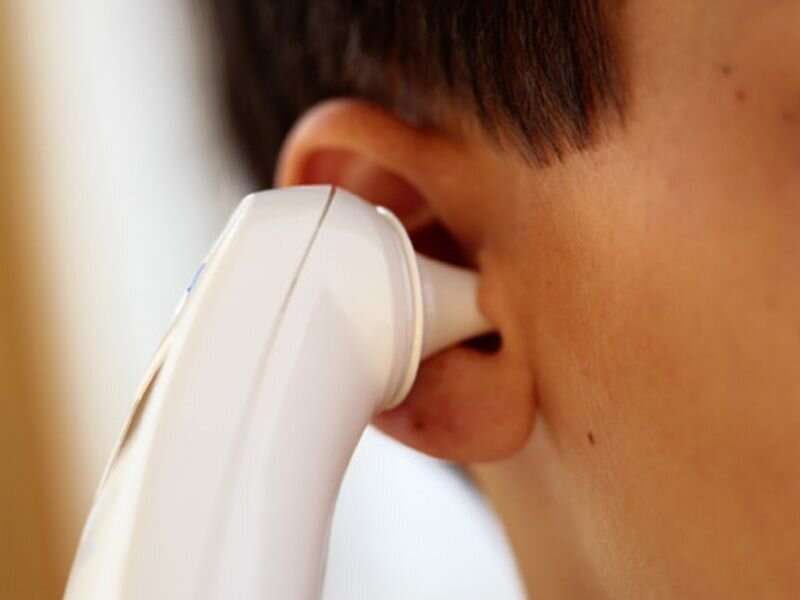
(HealthDay)—Temperature measurement occurs at more than half of well-child visits and may impact antibiotic prescribing and vaccine deferral, according to a study published online Dec. 13 in Pediatrics.
Rebecca Dang, M.D., from Stanford University in California, and colleagues conducted a retrospective cohort study and analyzed well-child visits between 2014 and 2019. Visits associated with routine temperature measurement were characterized.
The researchers found that temperature measurement occurred at 58.9 percent of the 155,527 well-child visits. Sixteen of 24 clinics measured temperature at more than 90 percent of visits (routine measurement clinics), while eight measured temperature at less than 20 percent of visits (occasional measurement clinics). Antibiotic prescription was more common and diagnostic testing was less common at routine measurement clinics (adjusted odds ratios, 1.21 and 0.76, respectively) after adjustment for age, ethnicity, race, and insurance. Fever was detected at 0.2 percent of routine measurement clinic visits, of which 17.4 percent were classified as probable incidental fever. Compared with visits without fever, antibiotic prescription and diagnostic testing were more common at visits with probable incidental fever (7.4 versus 1.7 percent and 14.8 versus 1.2 percent, respectively); vaccines were deferred at 50 percent of these visits.
Source: Read Full Article